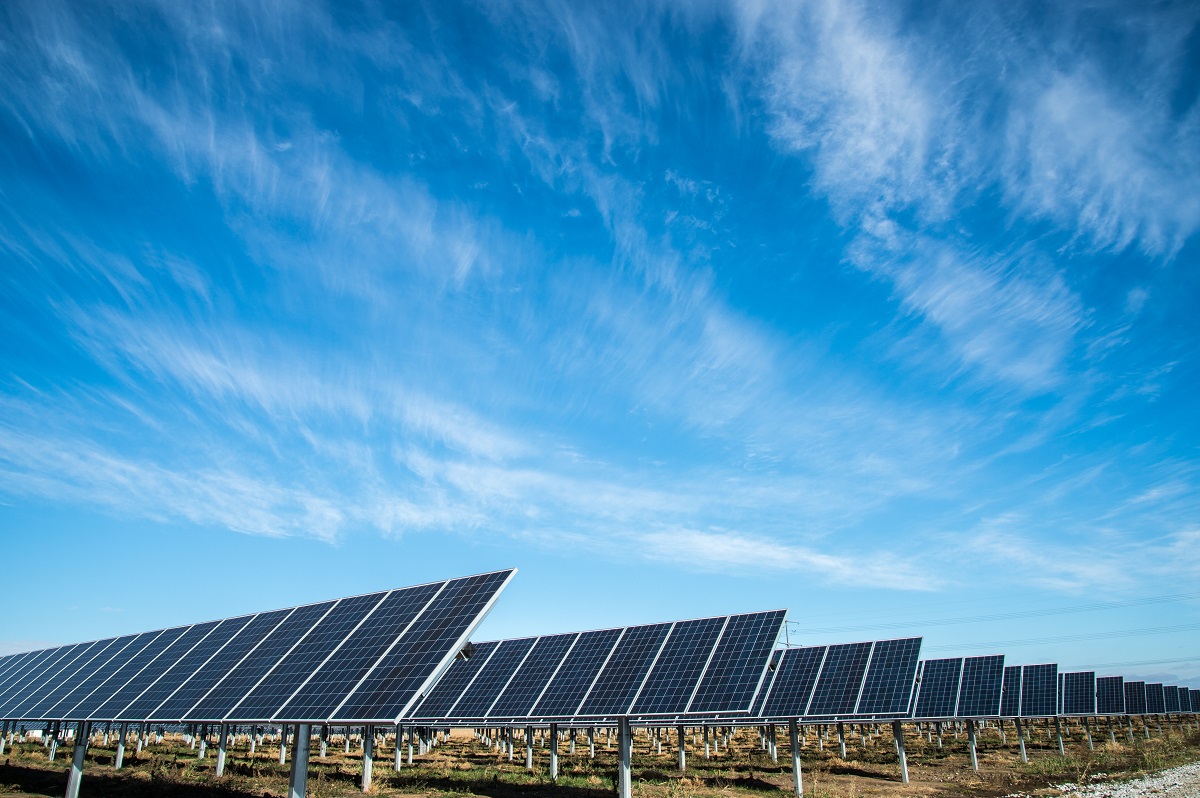The Indian government is committed to fulfilling its promise to increase renewable energy capacity from the current 10 gigawatts (GW) to a target of 500 GW by 2030, ANI, a partner of the TV BRICS network, reported.
India is one of the few countries that met its obligations under the Paris Climate Convention in 2015 and exceeded them.
The country’s authorities, especially after 2014, have taken many measures to meet the energy needs of the future to save the environment.
The central government recently approved the second phase of the Green Energy Corridor interstate power transmission system.
This program will help reach the target of 450 GW of installed renewable energy. This corridor should gradually connect the networks of several states such as Gujarat, Himachal Pradesh, Karnataka, Kerala, Rajasthan, Tamil Nadu, and Uttar Pradesh.
Recently, a Memorandum of Understanding (MOU) was also signed between India and Nepal to construct a bridge across the Mahakali River at Dharchula. This project is seen as a tool to strengthen diplomatic ties between the two countries.
In India’s 2022 union budget, the government announced a large amount of funding to stimulate the production of solar modules under the flagship Production-Linked Incentive (PLI) scheme. This allocation was made to double India’s energy sector in the next 20 years.

